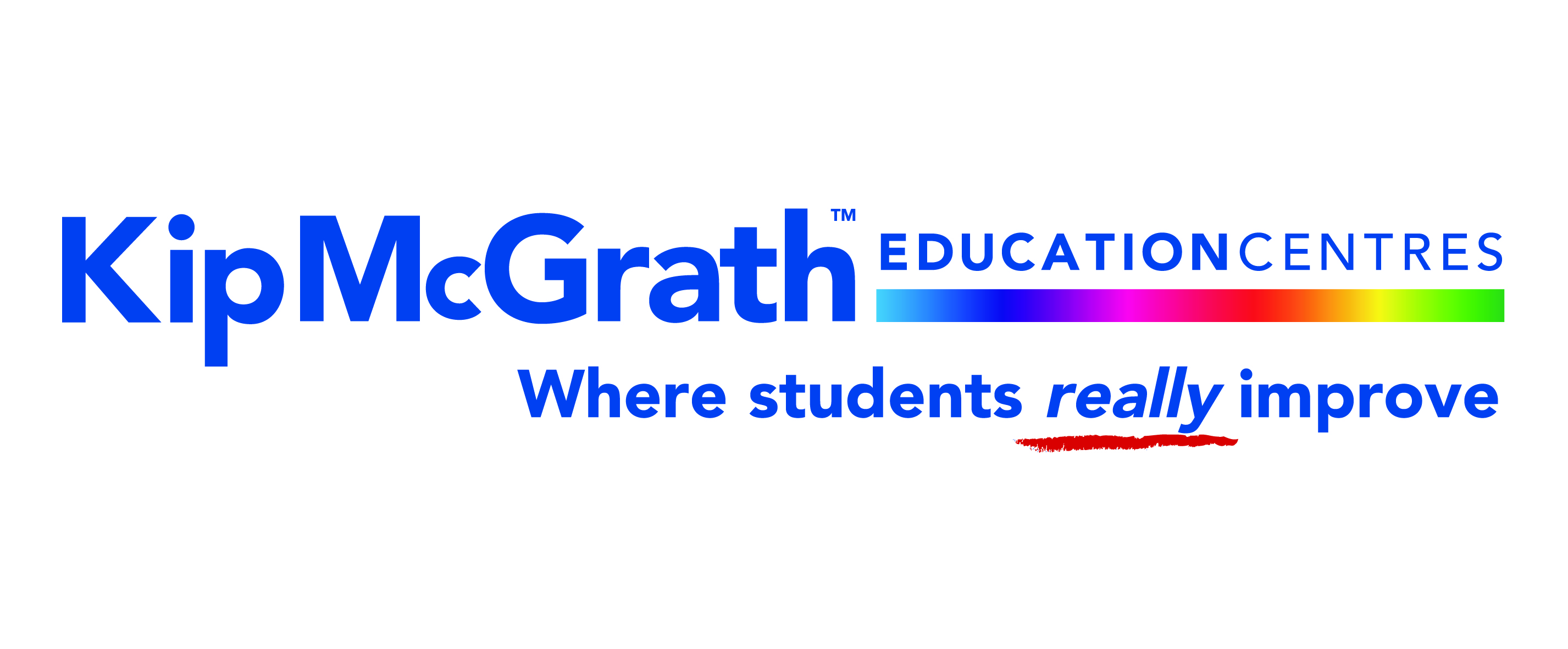What is the Phonics Screening Check?
The phonics screening check was piloted in June 2011 and rolled out nationally in 2012. The check focuses solely on decoding words using a phonetic approach.
Is this a reading test?
No, it is just a check on your child’s ability to decode words using phonics. The governments advisers believe phonics is the best way to teach early reading, many other experts believe that a mixed approach works best. (a previous blog post helps explain this)
What does my child have to do?
The screening check contains 40 words, divided into two sections of 20 words, both sections contain real words a made up words.
Made up words?
The made up words do test a phonetic approach, which is what the test is designed to do. The made up words do come with pictures of an imaginary creature to ensure they get some context and not match the pseudo-word to a word in their vocabulary.
You said two sections of words, what are they?
The words in section 1 will have a variety of simple word structures:
CVC (consonant vowel consonant) eg bed
VCC eg all
CCVC eg trip
CVCC eg ring
These words are all made up of single letters, some consonant digraphs (ch, ck, ff, ng, sh, ss, th, zz) and frequent and consistent vowel digraphs (ar, ee, oi, oo, or)
Section 2 will have a variety of more complex words and structures:
CCVCC eg blank
CCCVC eg strap
CCCVCC eg splash
They may also add some additional consonant digraphs (ph and wh) some less frequent vowel digraphs, including split digraphs (a_e, ai, au, aw, ay, ea, e_e, er, ew, i_e, ie, ir, oa, 0_e, ou, ow, oy, ue, u_e, ur) and trigraphs (air, igh)
How does my child do the test?
Teachers administer the check one to one with your child, and simply record if your child’s response is correct or incorrect.
Do you have a practice check?
Yes, here is a sample test for you to try with your child.
What is the pass mark?
The government uses the term ‘minimum standard’, but the pass mark is 32.
What if my child misses the minimum standard?
There are really two outcomes, all pupils who do not meet the minimum expected score will do a retest in June in Year 2. The second is really down to the class teacher, to use their professional judgement. Does the test show them something they didn’t already know, does it highlight a concern that needs addressing or are they happy with your child’s progress.
If you need further advice and help call Simon or Sally at Kip McGrath Ashford, 01233 626333 or send an email to simon@kipmcgrathashford.co.uk or book a FREE assessment through our website www.kipmcgrath.co.uk/Ashford
Related articles
- Phonics Screening Test Results 2012 (kipmcgrathashford.co.uk)
- Teaching Initial Consonant Blends (engagedineducationresources.com)



Reblogged this on Educationsupportuk and commented:
Some useful information.